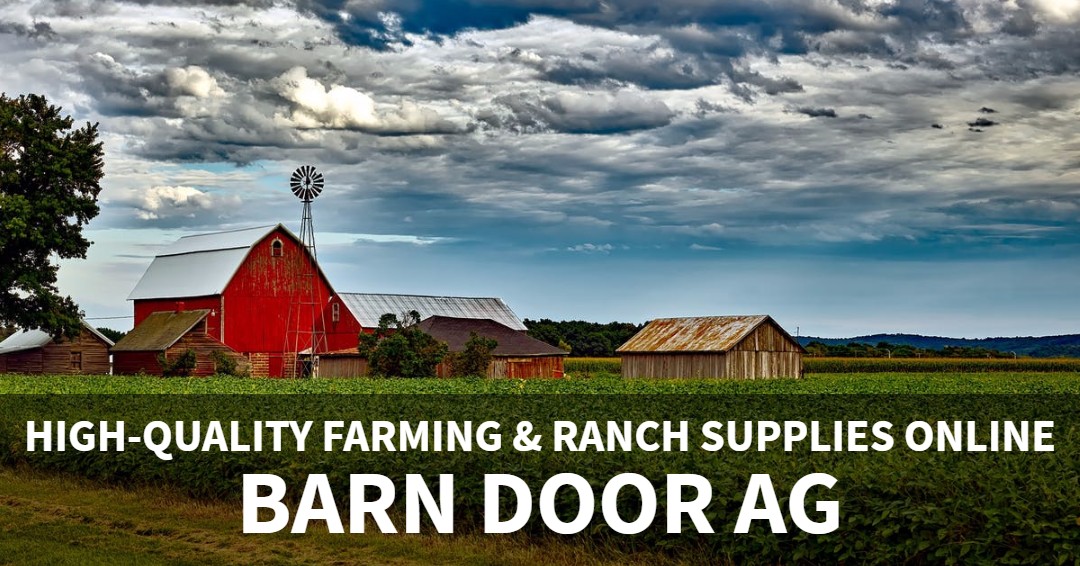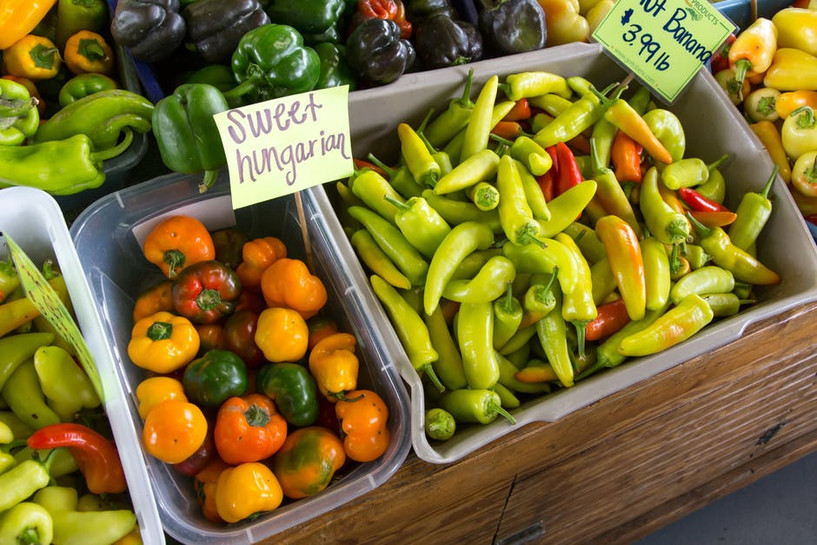Back to Basics: Why Agricultural Sprayer Parts Are Helping Farmers
Nearly 75% of the world's food supply is produced by family farms with an eye for the right technology. The contributors that bring food out of the ground and onto your table rely on a lot of things, one of them being agricultural sprayer parts.
Agricultural Sprayers work to keep our world's natural food supply safe, healthy, and replenished. They also function as a human solution to pests and dangerous bacteria.
Don't you think it's time you learned about the nuts and bolts of sprayers, and why they're helping farmers bring the world the food they need? If so, keep reading for a helpful guide to agricultural sprayers.

The Benefits and Uses of Agricultural Sprayers
These farming applications are typically used to coat harvestable plants in a series of prevention-based substances. The most common range of substances that a farm sprayer uses are:
- Herbicides
- Fungicides
- Pesticides
- Growth and decay sprays
In its simplest sense, agricultural sprayers are meant to help plants grow unaffected by pests and weeds. All plants and crops are at the risk of damage from weather and natural impedances as well, both obstacles that certain substances can take care of.
The bigger-picture of sprayers is for farmers to boost their overall yield and prevent their total loss. This results in a better gain for a farmer, more healthy food for consumers, and a clear potential for available yields to come.
Sprayers cover a lot of ground (no pun intended) in agricultural practices, but also treat domestic issues from gardens to pest control. Here are some of the key targeted areas for domestic sprayers:
- Gardens
- Greenhouses
- Pest eradication
- All matters of orchards
Each targeted solution, both in farms and outside homes, require a different type of sprayer. These devices differ based on their size, output, and pressure. They also rely on a complete rewrite of their assembly and include different parts altogether.
Let's explore the types of sprayers out there and the universal parts you need to know about.
Agricultural Sprayer Parts
There are tons of agricultural sprayers that can be mounted on large equipment, carried by hand, and even left to automatically deal out pesticides. Some of the more common pieces of equipment include:
- Mounted Sprayers
- High pressure
- Low pressure
- Mist blowers
- Hand controlled
At the end of the day, each part acts as a module for a specific function. For example, nozzles (depending on their size) change the shape a substance takes when it's sprayed. A pump decides how much pressure a sprayer builds up, and as a result, how fast a sprayer delivers a substance. Let's explore some universal basic parts.
Spray Tips and Nozzles
You can spray tips and nozzles for cheap, as they are small components with a straightforward solution. However, tips and nozzles are the end-points for a sprayer, deciding the shape and distance that a spray travels. If you're trying to figure out what kind of tip or nozzle to buy, weigh your selections against the size of your tank, the type of delivery you're doing, and what plants you're spraying.
In other words, calculate pressure, speed, and flow rate before buying a nozzle. The higher the value on these variables, the stronger and more specific the nozzle or tip.
Sprayer Pumps
Sprayer pumps come in many different models, from centrifugal to Everflo, each deciding the density and compatibility of your sprayer to the application you've chosen. When you're buying an agricultural sprayer pump, calculate your intended use, and the overall specs you need to make your solution.
For example, all pumps come with some sort of driver and pump capacity. These two variables influence how fast a sprayer works and how much spray it can handle in motion. In other words, pumps create pressure differentials to move spray from a take out of a nozzle in a set way.
Pumps require calibration to your overall sprayer type, in order to fit a device like a boomless sprayer. You want a pump that can provide exact gauges of pressure and help you predict your overall effectiveness on a field or other source.
Spray Tanks
Spray tanks are straightforward basic parts that improve the capacity and longevity of a sprayers load. When you're considering the right tank, think about how much your sprayer needs to reach, and the list of compatible pumps and valves to go with your tank.
In shortest terms, a spray tank helps farmers keep their yield alive longer thanks to improved capacity and efficient designs. If you're looking for the right tanks for automation, storage, or manual delivery, try finding one that fits your entire spray system.
From Farm to A Better Future
Whether you need to boost your summer crops or care to know how farmers keep food healthy and clean, you need to know the basics behind agricultural sprayer parts. The parts underpinning this technology help farmers do their job with more ease and leave you with peace of mind.
After reading this article you have a better idea of the importance of sprayers, pesticides, and modern farming equipment. You also learned about the basics behind sprayers and how you might use one to improve your yield. If you're an expert gardener, a farmer, or a greenhouse-worker, you need to know about the parts behind our modern day equipment.
Your next step to action is simple. You need to find sprayer supplies that fit your operation. We offer a wide range of equipment to meet your outdoor needs, so don't wait around, start hunting for the right supplies for your operation today!
 US Dollars
US Dollars
 Canadian Dollar
Canadian Dollar
 Australian Dollar
Australian Dollar
 Euro
Euro

